Openreach Officially Closes First Legacy UK Exchange – Deddington
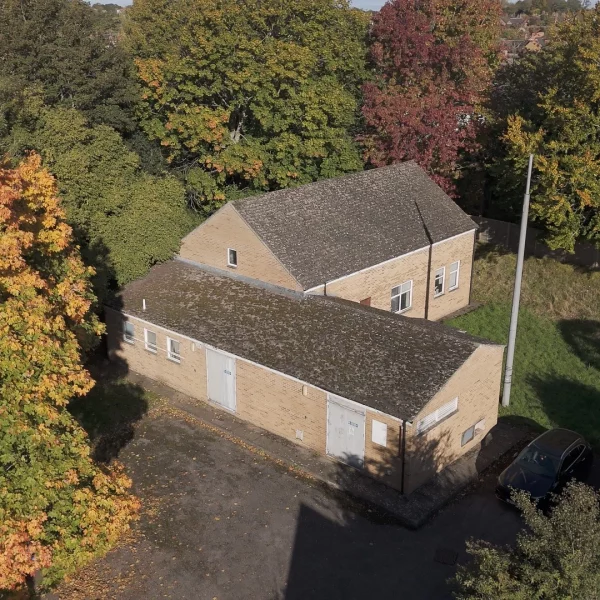
Network access provider Openreach (BT) has today confirmed that the first of their pilot programme of old exchange closures – Deddington (pictured) – has finally shut its doors and slightly ahead of schedule. The move also means that Deddington is the first UK location to see the closure of BT’s copper based Public Switched Telephone Network (PSTN).
Just to recap. The operator currently has c.5,600 UK exchanges, but only c.1,000 of these are needed to provide nationwide coverage of modern “fibre broadband” based services (FTTC, FTTP etc.) – the Openreach Handover Points (OHPs) or “Super Digital Exchanges“. However, the rollout of full fibre (FTTP) technology, combined with the retirement of copper lines and legacy services (ADSL, WLR etc.), will soon make it economically unviable to support both the old and new exchanges.
The operator has thus long since developed a gradual plan for closing the other 4,600 exchanges – known as the Exchange Exit Programme, which starts with an initial pilot of 3 exchanges and then extends to a closure of 105 “priority exchanges” by 2030 (i.e. taking place in four phases over the next 5 years), with the rest then following through the early 2030s.
Advertisement
Deddington is the first pilot exchange to close and also one of the network operator’s smallest – originally serving just 1,800 copper lines. The exchange was officially due to close on 28th November 2025, but it’s managed to achieve that a little ahead of schedule. The local area has now been upgraded to full fibre, with those new digital lines now served and managed by the nearby Banbury Exchange (OHP).
After this come the much larger Ballyclare in N.Ireland (9,500 premises) and Kenton Road in London (9,500 premises) exchanges, which were due to reach the same point just a few days later (aka – Network Cease Date). But as we reported over the weekend, the next two may take a bit longer to completely vacate due to problems with there still being too many active lines / customers (here).
Inside the Deddington Exchange
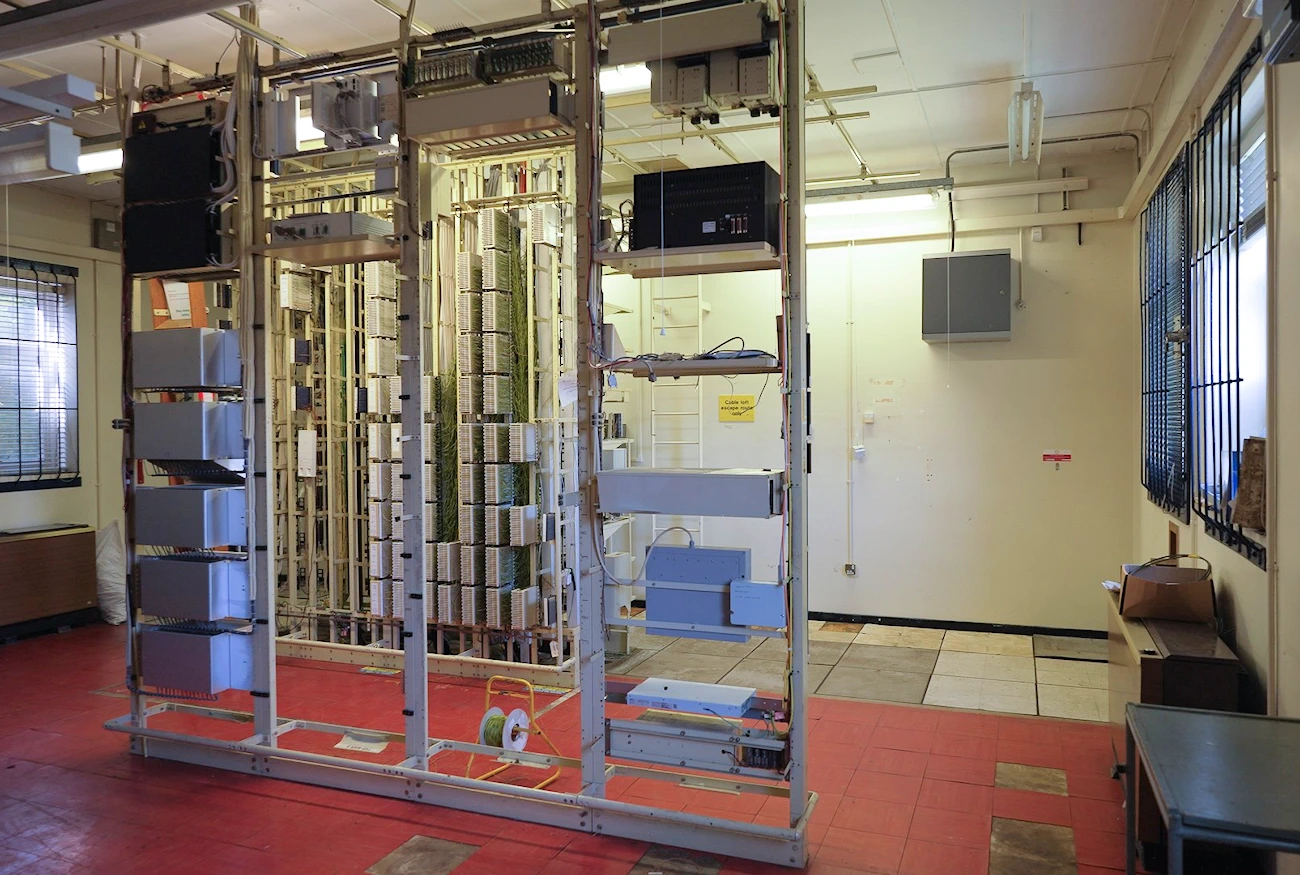
Advertisement
Closing an exchange and migrating affected customers is a slow and extremely complex process, which typically takes around 4-7 years (depending upon the complexity of each exchange) – starting with a Stop Sell of old products and eventually ending with everything being switched off (only after this do Openreach and ISPs remove their physical kit – usually taking a few months post-closure).
The physical migration of all customer services out of the small Deddington exchange took around 26 months, starting with the halting of the sale of traditional copper-based Wholesale Line Rental (WLR) products and services, in September 2023.
Openreach had to work closely with retail providers to overcome the challenges of identifying lines serving Critical National Infrastructure (CNI) – helping to upgrade everything from traffic light control systems, payment terminals, lift emergency lines, as well as working to safely migrate vulnerable customers and ensuring telecare and telehealth devices work over new digital lines.
James Lilley, Openreach’s Managed Customer Migrations Director, said:
“Closing thousands of ‘legacy’ exchanges is a major undertaking, with several million services needing to be migrated. Deddington has served as a proof of concept, demonstrating our ability to decommission legacy exchanges safely, securely, and collaboratively.
Moving to this new digital world will ultimately benefit everybody. CPs will be able to serve their customers from fewer exchanges, helping to save costs through consolidation of equipment and reduced space and power requirements. And millions of end users will benefit from more reliable and faster fibre-based services – that will be scalable for decades without needing major upgrades.
It’s not just about switching off old kit—it’s about building a future-proofed, simpler network for the UK.”
As previously reported (here), Openreach has already announced that they will start work on the next batch of 12 exchange closures in April 2026. In theory, all of these sites should then reach their Network Closure point by April 2028 and be completely closed by September 2028.
Advertisement
The next 12 exchanges are:
- Staines
- Thames Ditton
- Baynard
- Wraysbury
- Nazeing
- Langford
- Allestree Park
- Beacon
- Childwall
- Lundin Links
- Carrickfergus
- Glengormley
You can see details on all of the operator’s planned exchange closures via their Excel sheet – here.
Mark is a professional technology writer, IT consultant and computer engineer from Dorset (England), he also founded ISPreview in 1999 and enjoys analysing the latest telecoms and broadband developments. Find me on X (Twitter), Mastodon, Facebook, BlueSky, Threads.net and Linkedin.
« O2 Set for “Major” 5G Standalone Mobile Network Upgrade in Norfolk UK
Advertisement
Leave a Reply Cancel reply
Privacy Notice: Please note that news comments are anonymous, which means that we do NOT require you to enter any real personal details to post a message and display names can be almost anything you like (provided they do not contain offensive language or impersonate a real person�s legal name). By clicking to submit a post you agree to storing your entries for comment content, display name, IP and email in our database, for as long as the post remains live.
Only the submitted name and comment will be displayed in public, while the rest will be kept private (we will never share this outside of ISPreview, regardless of whether the data is real or fake). This comment system uses submitted IP, email and website address data to spot abuse and spammers. All data is transferred via an encrypted (https secure) session.









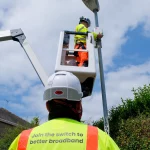


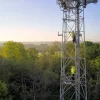
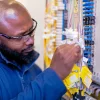

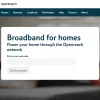





































Should that now be 5,599 Exchanges! Or “had”? 😉 😉
Deddington was one of the first (might actually be the first) that full fibre was rolled out so no surprise it was the first exchange to be exited. I pretty sure the main Openreach trunk going from Banbury to Oxford passes through Deddington as well.
I think “circa 5,600” could reasonably be interpreted as including 5,599 so until it gets down to 5,500 we can expect to see that number continue to be used. It’s going to take a while.
Well done to all those involved.
What if in the future some new unknown replacement WiFi technology to take over fibre requires all those closed exchanges to be reopened. Also they could make use of them as bitcoin farms to make crypto money and lower customer bills.
Cuckoo land
BT/Openreach doesn’t own any exchanges, they sold them all to Land Securities and lease them back. The more they close, the more money they will save.
I’m going to take a wild guess that you have no particular experience in telecoms, business strategy or finance?
With all these CNI lines being migrated off the PSTN, I can’t help to consider the resiliency of such services in an internet outage scenario. If all these now go over IP you could imagine a scenario where the Telehouse London data centre or other key internet peerings go offline, and suddenly traffic lights go dark nationwide (or are eternally stuck one colour).
The network is already IP bassed except for the local loop
This might be a problem for some VOIP services. wholesale voice services shouldn’t be routing over the internet , it should all be within their own network
IP doesn’t mean Pubic Internet. It’s a transport protocol, not a network.
Digital Voice and others don’t run in a public address space. The failure of an Internet node won’t affect the functioning of a VoIP service that doesn’t use it.
Does anybody know what Enduring = P means in the spreadsheet linked at the end of the article? Y/N are obvious, I’m wondering if P means “Potential”? It’s confusing because some are OHPs and some are child exchanges.
I’ve just realised that P means “Pilot”!
The problem seems to be there is no process to identify all the customers so that issue needs to be addressed. Identify the BT/Openreach Customers should be easy. The problem seems to be with other ISPs and Alten’s. It is an issue that is going to have to be addressed otherwise closing exhanges will be very problematic